Go to the "base camp" on calle Illampu, above the chicken seller. There is a Swiss man, who has been living in La Paz for a long time, who rents all kinds of equipment for the mountains. This shop, a veritable bazar of trekking, climbing and bivouac equipment, that only the initiated know, testifies to the culture of trekking and the great adventure carried by the Cordillera Real.
We take the road alongside the muleteers, with whom we will take our caravan of mules for a crossing of the Andes. We set off in search of wide open spaces, in search of encounters, discovery and self-discovery. We dare to expose ourselves to the unexpected.
For ten years the elders of Terra Bolivia made the "Transcordillera" from Sorata to Huyana Potosi, that is to say the longitudinal of the Royal Cordillera. It offers an impressive collection of passes at more than 5,000 meters above sea level, with frequent passages from the Yungas slope (wet, steep, vegetal) to the Altiplano slope (dry, not very steep, mineral). A demanding trek, of high performance, that we would like to call "Daddy's trek".
So today, we evolve, we make the crossing of the Andes with a simple curve of altitude and a single pass. The Royal Cordillera is first of all a territory, "people and mountains" and, better than a series of sporting feats, we tell you the history of this massif.
Guided by our caravan of mules, faithful companions on the road and ancient means of transport of the Aymaras and Incas who used to trade their dried llama meat and dehydrated potatoes for fruits and products from the Amazon, we walk on the high plateaus, at the foot of the snowy glaciers of the Royal Mountain Range. We challenge a 6,000 meter high peak, Huayna Potosi, with the real feeling of being at the crossroads of worlds: the Andes mountain range stretching as far as the eye can see to the West, the illuminated city of La Paz to the South, and on a clear day the summit of Sajama as a backdrop, and the beginnings of the Amazon to the North. We descend to the lush vegetation of the Yungas. The temperature rises, the air is humid and the landscapes are green.
On the way, we will stop for a while to share the Andean life with the ambition to feel and understand this territory so unique in the world, crossroads of the Aymara, Quechua and Spanish worlds. We will be welcomed by our guides, our muleteers, our fellow travellers. We will meet the fishermen of the minor part of Lake Titicaca, who knew how to make their environment a wealth by making boats in Totora, reeds of the banks of the lake. We will learn how to cultivate the fields of the Altiplano and how to live at more than 4,000 meters above sea level. Jaime and his son Denys, natives of the Cordillera, are experts in fishing with their bare hands in the frozen streams and in the potato dehydration technique.
The history of the massif will be told to us by our guides: a region, a guide. At each place, a local person of the area will accompany us.
On the way, we will exchange, share and, like a meditative ritual, we will rediscover what surrounds us. While walking, we will surprise ourselves dreaming, reinventing ourselves, as if carried by the magic of the Altiplano. We may miss a little sleep, but nothing else. We will try to live a simpler and more sober life, centered on the Earth, and on the need to rethink our environment and our daily life.
Day 1: El Alto Airport - La Paz
Day 2: La Paz
Day 3: La Paz
Day 4: La Paz - Quewaya
Day 5: Quewaya - Cojata
Day 6: Cojata - Penas
Day 7: Penas - Villa Andino
Day 8: Villa Andino - Tuni
Day 9: Tuni
Day 10: Tuni - Campo Canal
Day 11: Campo Canal - Huayna Potosi Shelter
Day 12: Huayna Potosi Shelter - Refuge Camp des Roches
Day 13: Refuge Camp des Roches - Huayna Potosi Shelter
Day 14: Huayna Potosi Shelter - Chucura
Day 15: Chucura - San Francisco
Day 16: San Francisco - Chairo - Coroico
Day 17: Coroico - Chulumani
Day 18: Chulumani - La Paz
Day 19: La Paz - El Alto Airport
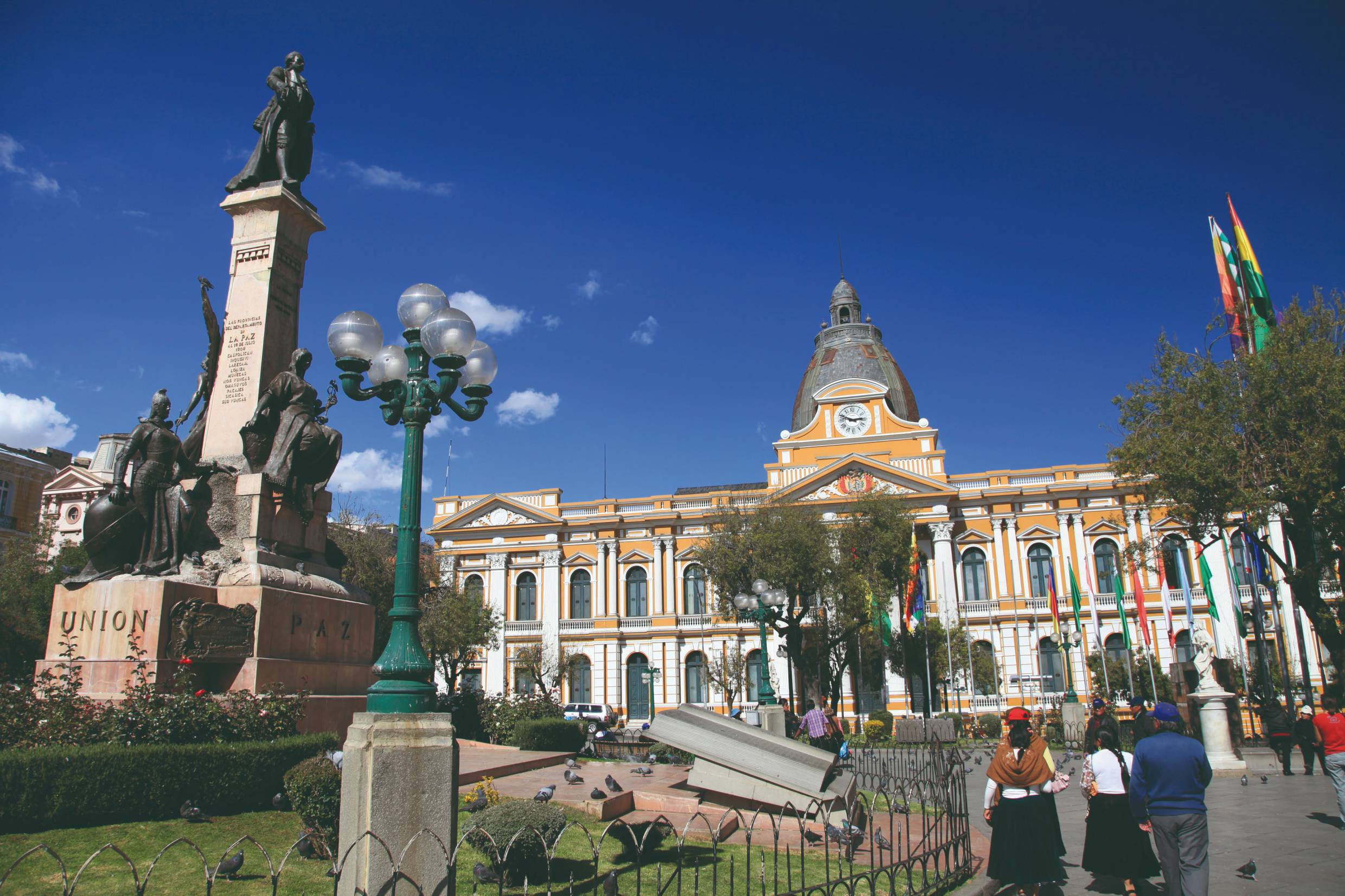 ©Arnaud BONNEFOY
©Arnaud BONNEFOY
We arrive in La Paz via El Alto, an immediate change of scenery! We jump in a private transport to cross this giant market and we stop at the first cable car station.
We take altitude, to realize what La Paz looks like, for real, a city extended in a huge crater. Small colorful "casas" as far as the eye can see, markets in all directions ... the cabins fly above this chaotic atmosphere, full of life, with the snowy peaks of Huayna Potosi and Illimani (emblematic glaciers of Bolivia over 6000m altitude) as a backdrop.
We stop at Sopocachi, a stone's throw from the hustle and bustle of the center. We love to walk in the quiet streets of this small district of La Paz. We find small shops, small bars which are worth stopping by. We will take a mate of coca at the market of Sopocachi, the sacred and traditional drink, the remedy against the altitude sickness. And the yapa, the little extra offered by the saleswoman, because we "yapa" always a good customer here.
You spend the night at the Casa del Monticulo.
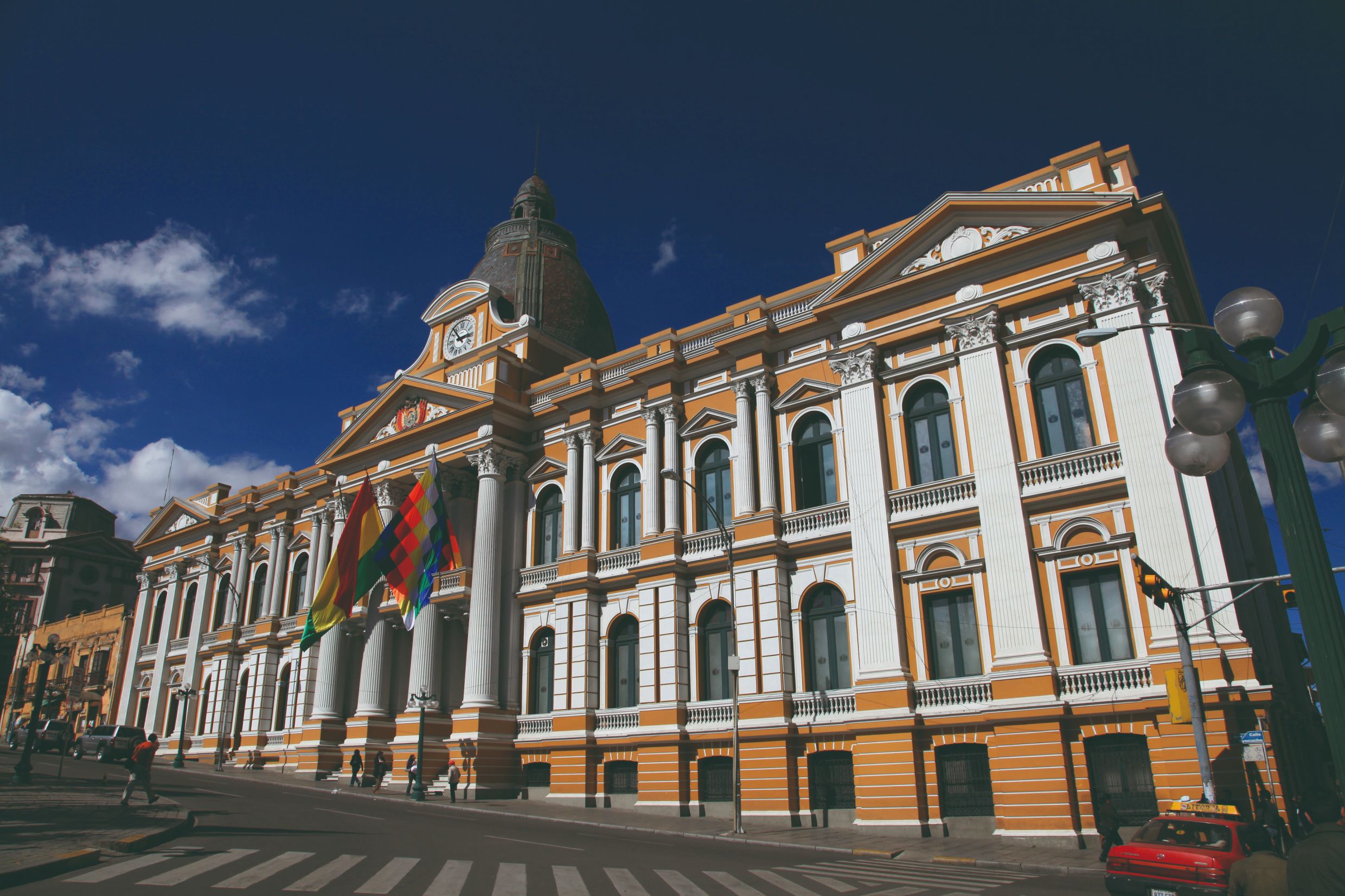 ©Arnaud BONNEFOY
©Arnaud BONNEFOY
We leave for a day of exploration in La Paz. We walk through the streets of Sopocachi, towards the center, with a break for a fresh juice at the mercado Sopocachi and a "salteña" on the way. The salteña is the Bolivians's 11am snack, it is a small pastry filled with chicken or beef in its juice. The challenge: to eat it, without cutlery and staining...
La Paz is a mixed and contrasted city, the perfect sample of a whole country. From the market district, full of colors and smells, we cross a few streets to find ourselves in the heart of the historic district, now a business center. Two worlds that coexist 200 meters apart and the only thing they have in common is the permanent and noisy chaos that characterizes them.
We take a mate of coca, or chewing leaves on the Sagarnaga street. We cross the Mercado de Las Brujas (Witches market), where we buy a miniature to please the Ekeko, god of abundance. The tradition wants us to project all our hopes in the purchase of the coveted object in miniature, which will then be ritualized.
In the historic district, we walk along Calle Jaen, one of the last colonial streets of the city, with its cobblestones and colorful houses. We take the time to push all the doors to discover small courtyards, galleries, the museum of musical instruments, and we meet Rosario. She tells us about culture, clothing, traditions, and invites us to try on her many cholita skirts (7 overlapping ones, they say), giving us all her secrets of cholita.
We have lunch at one of the common tables of the market, with the Paceños. The choice of dishes is rich, and the smells of grilled meat with Aji sauce mix with those of fried food and other spicy soups.
We reach El Alto by cable car, we fly over houses as far as the eye can see, we intrude above the inner courtyards, terraces where traditional clothes and dance costumes dry... On the cliffside, the shamans are perched, leading the offering ceremonies to the Pachamama. Let's venture to one of them to have the coca leaves read to us!
We go down by the general cemetery. Far from being scary or sad, this unique cemetery is animated, colored by large murals and decorated by the families of the deceased. Here, death is celebrated: people sing, dance, and make offerings to honor the missing loved ones. This visit allows us to better understand the Bolivian culture towards its dead. We then pass by the Calle de Los Andes, street of the carnival costume makers, stores and dressmakers. We could watch for hours the meticulous work of the Diablada mask makers. Further down, towards the market, we find custom-made hats, jewelry of all kinds and cholita petticoats.
We jump in a collectivo to return to Sopocachi.
For dinner, we will provide you with a list of restaurant suggestions of all types. In Bolivia, we are lucky to have varied and quality food, we eat well. It's simple, here confluence the products of the Amazon, the Yungas (tropical fruits and vegetables), the products of the Altiplano (potatoes, quinoa, llama), the meat of the Beni, and the products of Lake Titicaca. The meal can be accompanied by a good local wine from Tarija with a high altitude grape variety.
You spend the night at the Casa del Monticulo.
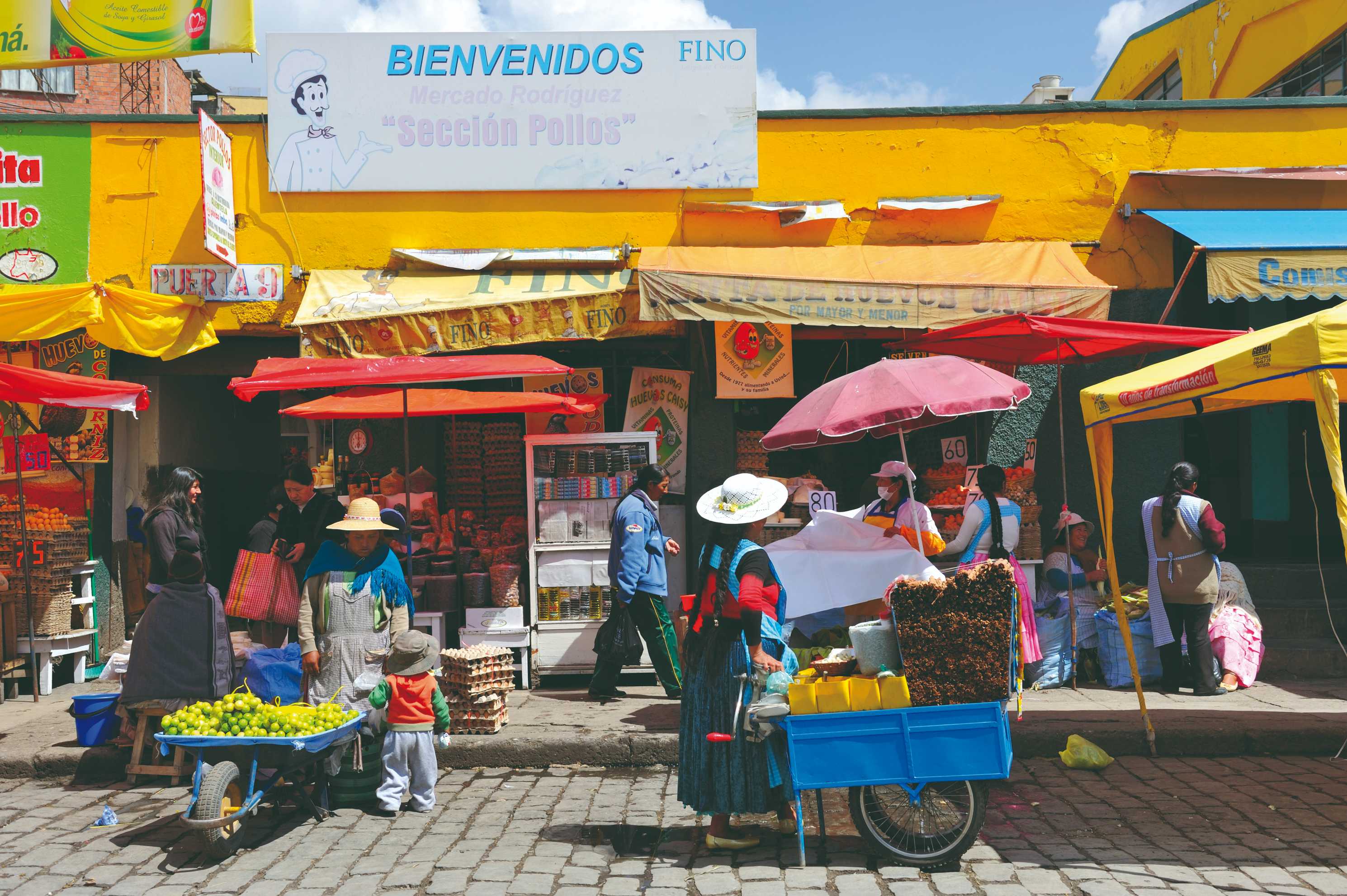 ©Patrice ALCARAS
©Patrice ALCARAS
We jump on a local public transport with our private guide (micro, mini-bus, truffi or cab) and let our guide take us to the district of Ovejuyo, at the entrance of the city of La Paz. We are at the beginning of a ridge separating La Paz and the Illimani Valley, a sacred mountain 6,439 meters high. A perfect playground to prepare our lungs for the altitude.
We start our walk at 3,850 meters above sea level, following the ridge separating the two valleys. Very quickly, the sprawling geography of the Bolivian capital, the Illimani Valley, takes shape on the other side. In the middle of our path, we cross an "apacheta", a pre-Hispanic sacred monument dedicated to the "Pachamama", Mother Earth, and to the gods living in the mountains. We can also observe the fantastic "Valle de las Animas", the valley of souls.
Let's start our trek preparations. Need equipment? Go to the base camp in the center, a real Ali Baba's cave, there is something for all needs and all styles (especially retro!).
In the evening, we have a nice pasta dinner at home, reviewing the itinerary before a good night sleep.
You spend the night at the Casa del Monticulo.
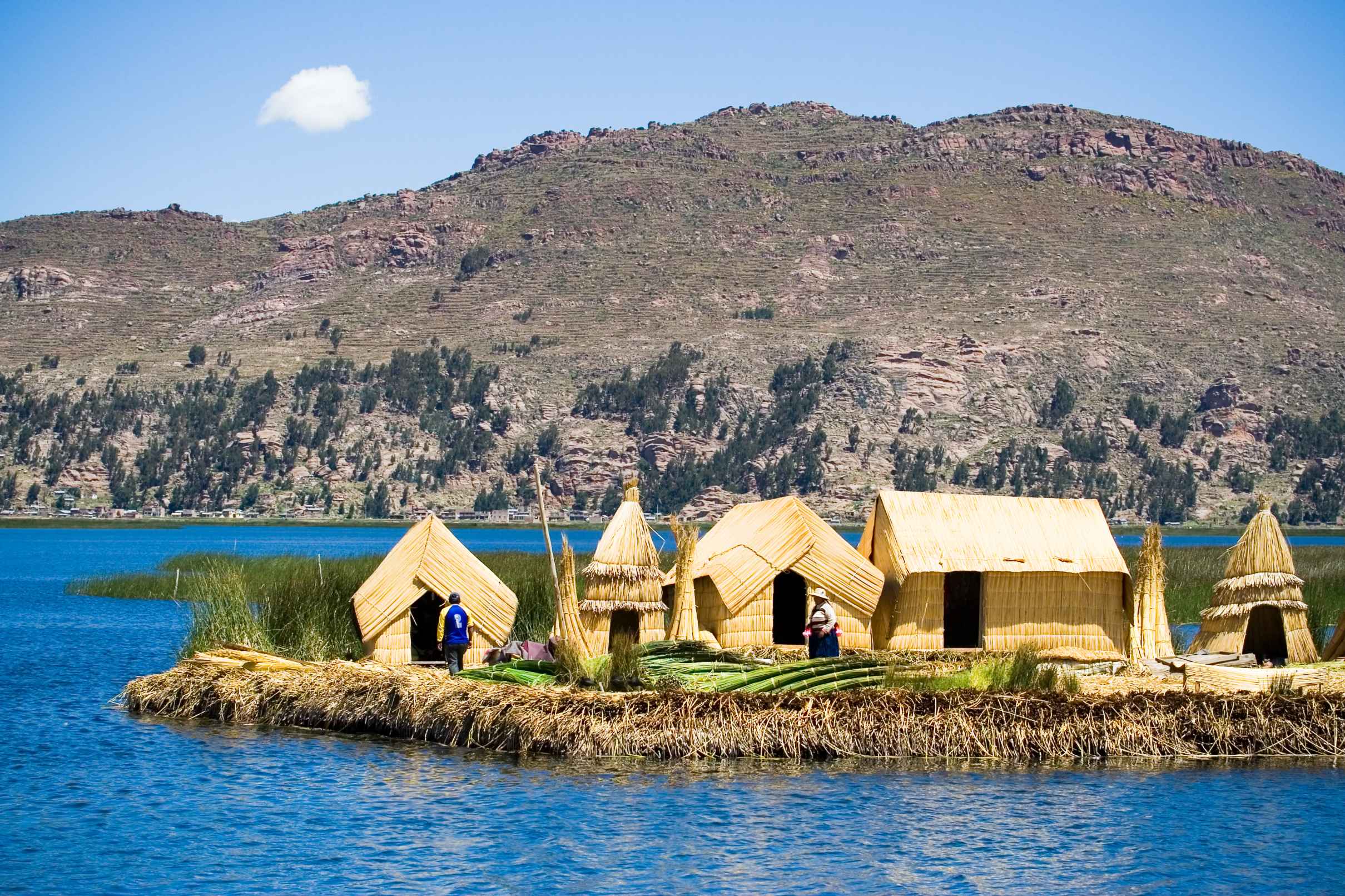 ©pikselstock - Shutterstock.com
©pikselstock - Shutterstock.com
Equipment: ready. Acclimatization: in progress. Thirst for adventure: to the max!
We leave La Paz, its chaos, its giant market, to go to the shores of the minor part of Lake Titicaca, the starting point of our Andean epic.
We are greeted by Maria and Roberto, our guides for the day, with whom we are introduced to traditional fishing on Lake Titicaca. The lake trout with llajwa sauce is a delight.
You will stay in a small guest home run by the community.
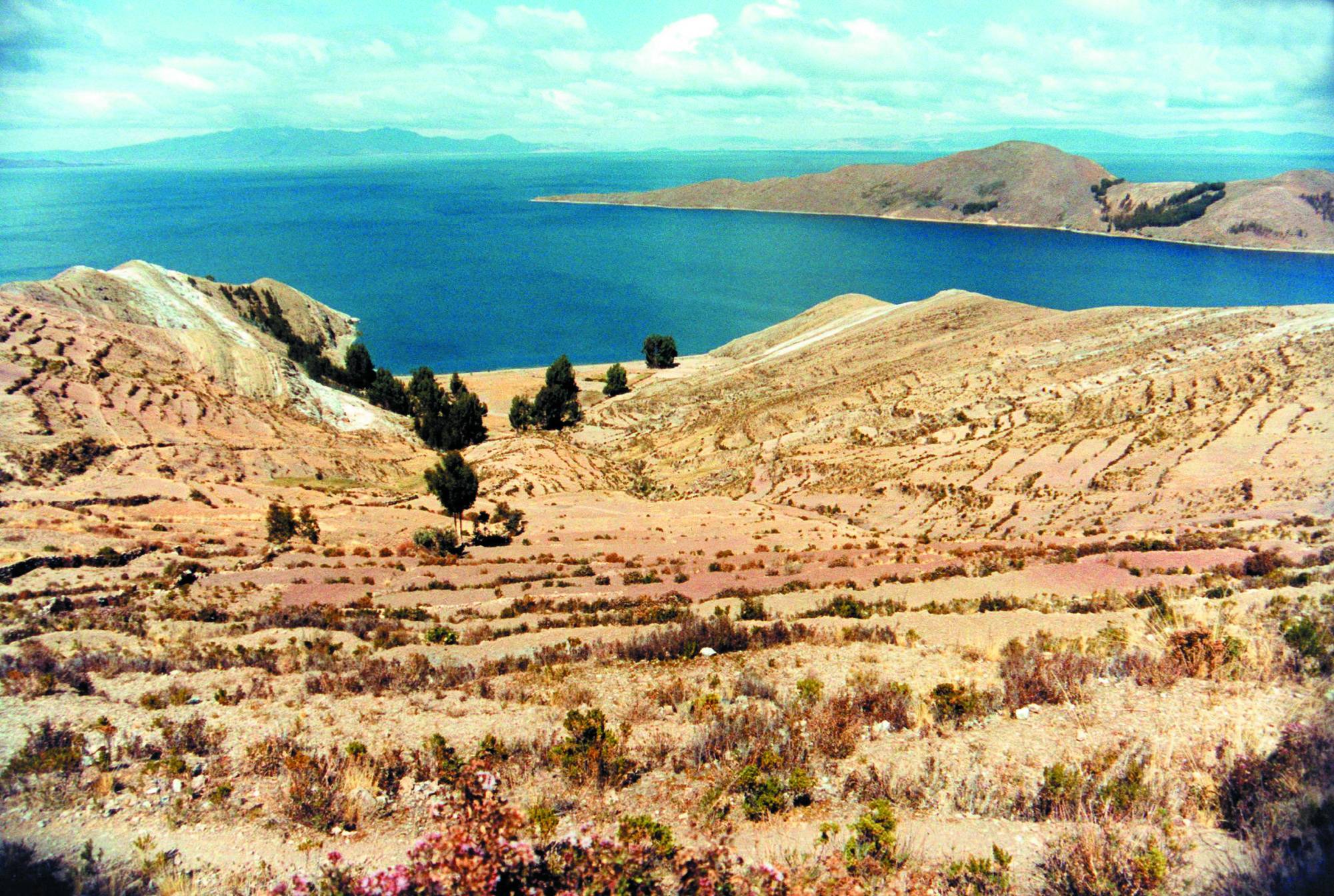 ©Alexandre NORRE-OUDARD - PictureFrom
©Alexandre NORRE-OUDARD - PictureFrom
We begin our adventure with Lake Titicaca as our playground. It is a good first step to perfect our acclimatization, in the soft air of the lake.
We sail from Pariti Island to Suriki Island, where our guides for the day are the boat builders.
We end our day with a sunset like we rarely see, on the Cojata peninsula, where we will spend the night, hosted by a family from the village.
Walking time: 3 hours. Gradient: +300m / -300m. Altitude: 3800m.
Huatajata Boat - Parati - Suriki - Huatajata 1d
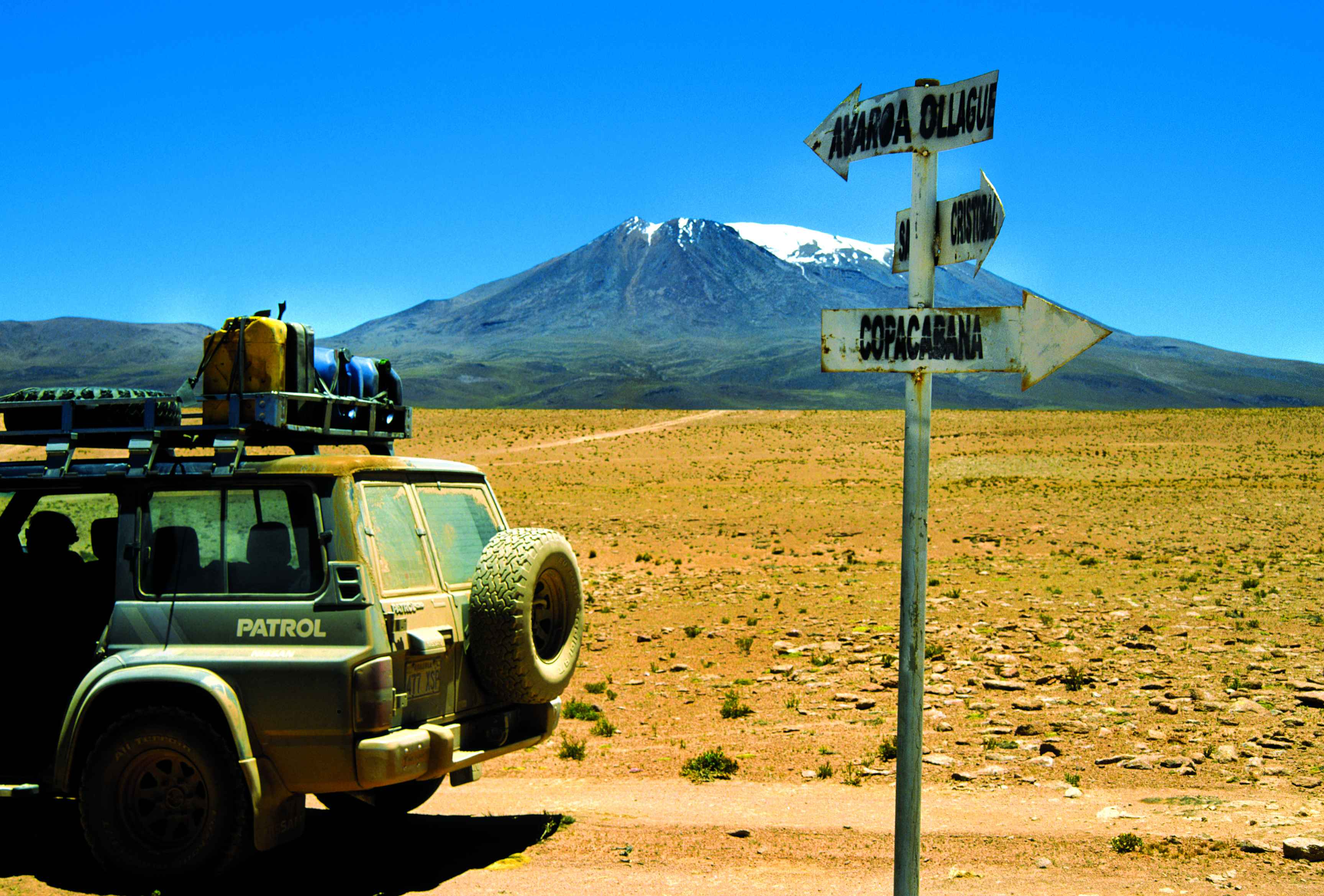 ©Sylvie LIGON
©Sylvie LIGON
Today we meet our fellow travellers, mules and muleteers, with whom we will share our crossing. The trade of muleteer is difficult, meticulous. The paths are narrow and slippery, the loads can be heavy and destabilizing for the mules.
We leave the lake, for another atmosphere, the high plateaus with pampas landscapes, where we are surrounded by fields of quinoa and potato plantations. The view clears up to let the chain of the Royal Cordillera impose itself.
Walking time: 6-7 hours. Gradient: +700m / -550m. Altitude: 3990m.
You spend the night in a community house in the village of Peñas.
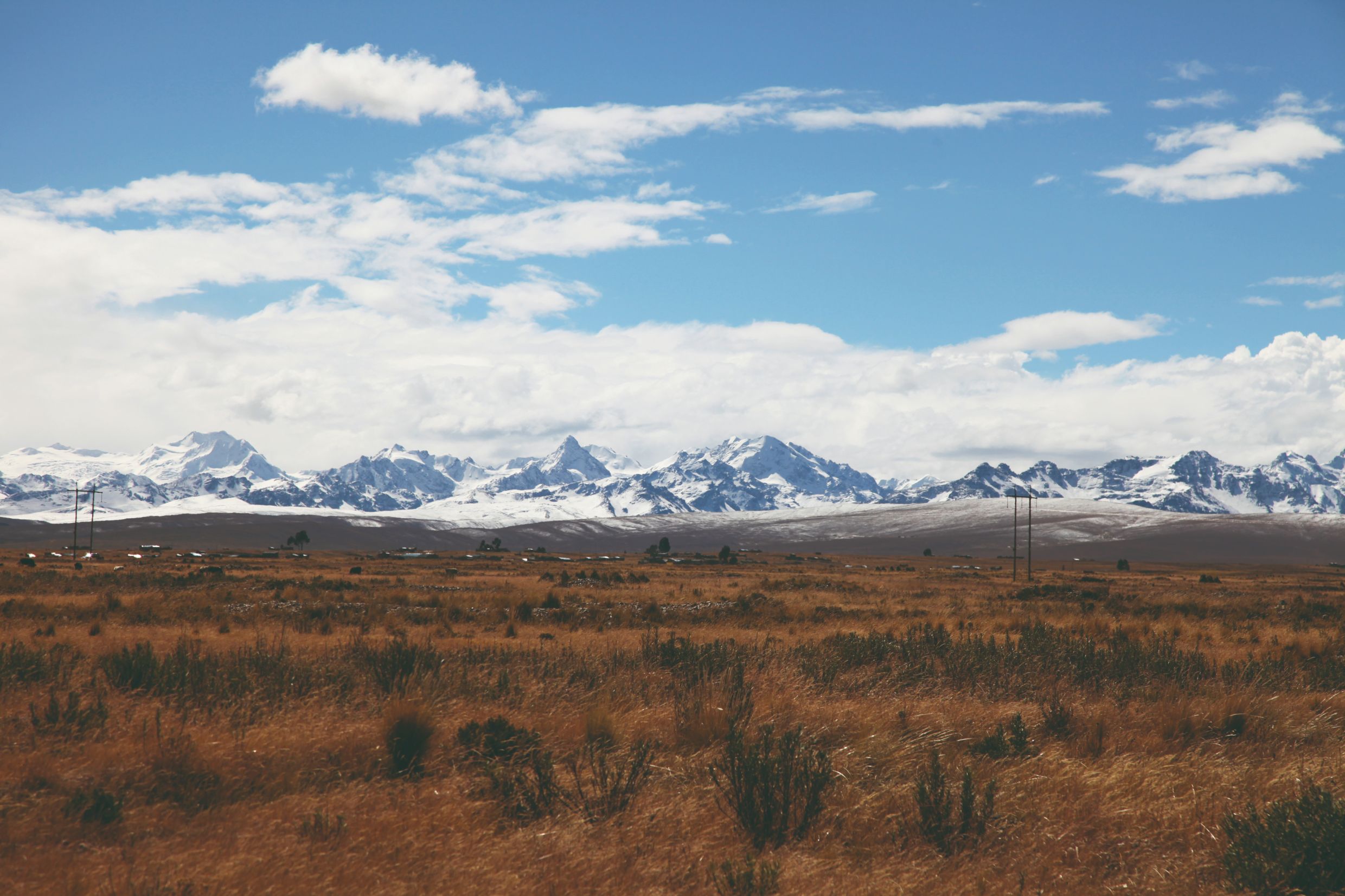 ©Arnaud BONNEFOY
©Arnaud BONNEFOY
We live to the rhythm of the Altiplano, across fields, on the expanses of the high plateaus. A routine sets in. Every day we proceed with the methodical loading and unloading of mules, the exchange of food and experiences with our guests who become our guides for a day or an evening.
We meet a family with whom we learn how to make straw mattresses, and spend the night at a llama farmer's house. Communication is not easy, we often speak Aymara in these regions, but the desire to exchange and share is felt. With a bit of humor, we create unique moments!
Walking time: 4-5 hours. Gradient: +300m / -100m. Altitude: 4200m.
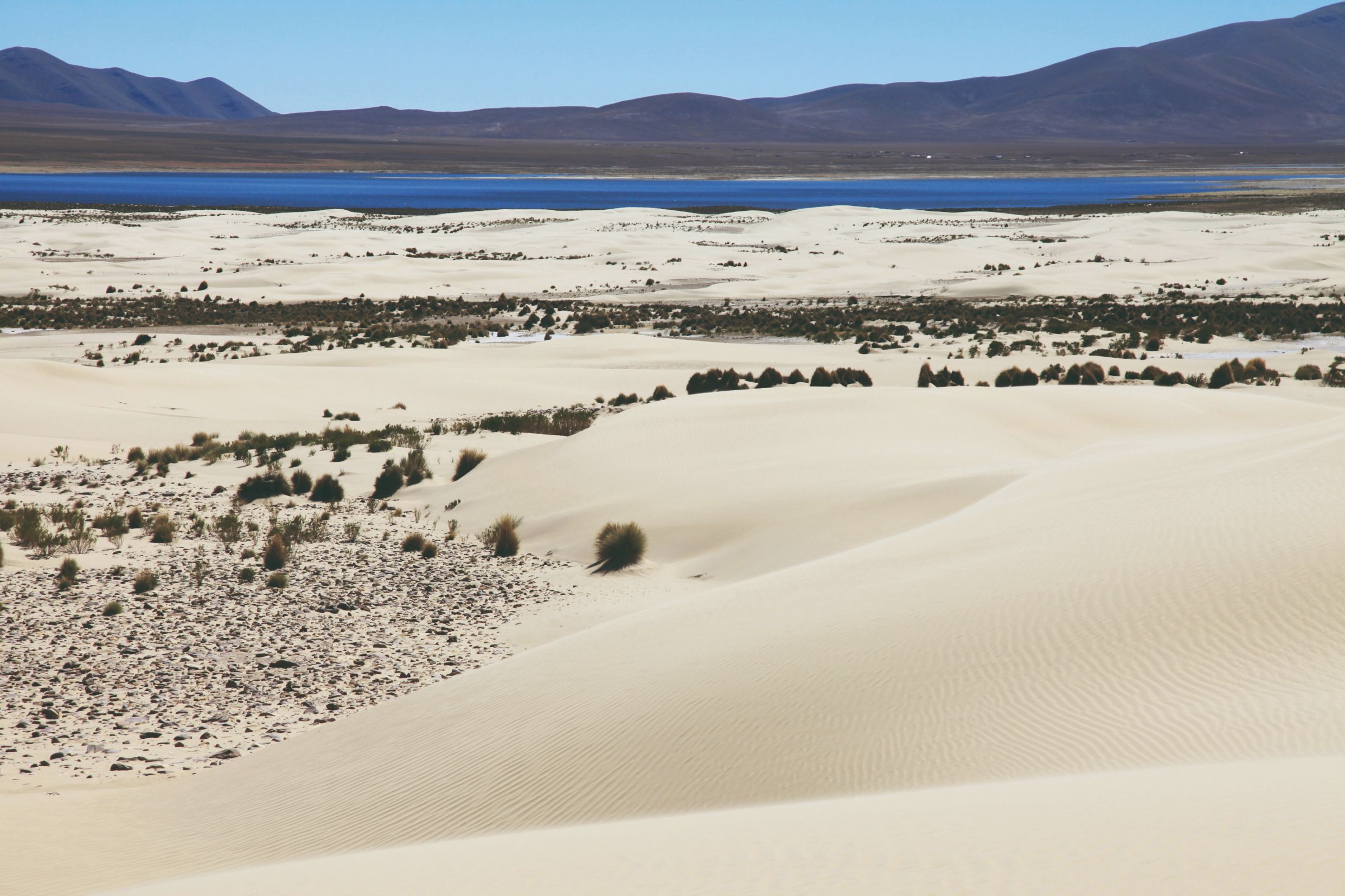 ©Arnaud BONNEFOY
©Arnaud BONNEFOY
Last day of pampas, before entering the Cordillera Real. Vegetation is becoming scarcer and drier, summits and glaciers are taking shape, with on the west the Condor wings of the Condoriri massif (5648m), and on the east the imposing Huayna Potosi (6088m).
We reach the village of Tuni, where Jaime and Marisol welcome us in their home, in this hamlet at 4,400 meters above sea level, inhabited by about ten families.
The coca leaves mate break at our arrival, the sacred and traditional drink very good against altitude sickness, is always a privileged moment. We rest, tired, with heavy legs, with a hot drink in our hands. We relive the images and encounters of the day and become familiar with our new environment in the evening. The excitement of what awaits us the next day rises, even if before that we dream of our sleeping bag and a good hot water bottle.
Walking time: 5 hours. Difference in altitude: +350m / - 250m. Altitude: 4400m.
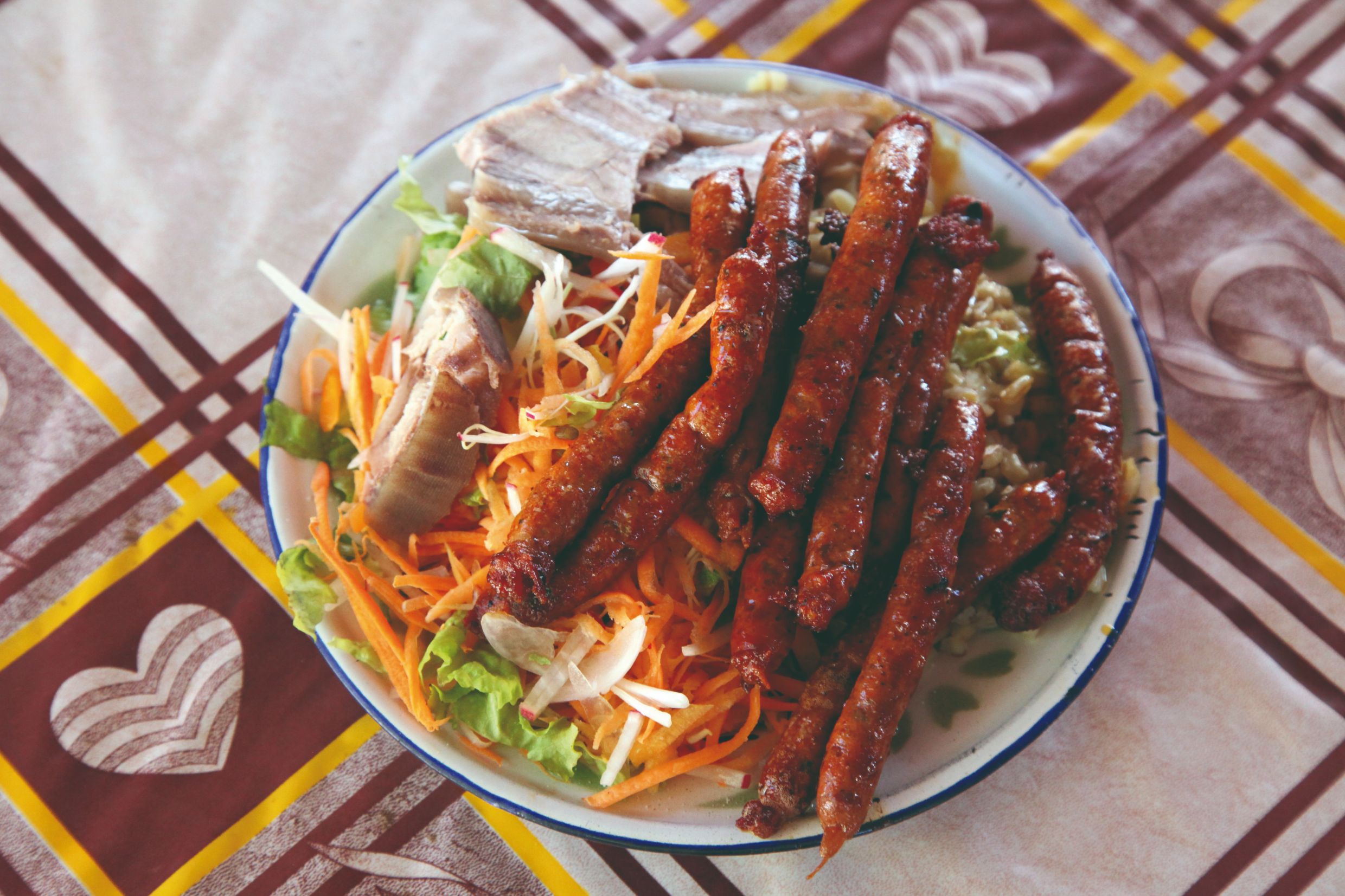 ©Arnaud BONNEFOY
©Arnaud BONNEFOY
We decide the rhythm of our days, and we take the time to exchange, to let ourselves be surprised by the unexpected, by the encounters and by what we are going to learn.
We spend the day in the community of Tuni, which shares with us its ancestral traditions of the Aymara people of the highlands. No staging, no disguises, the Quispe family opens its doors to us and lets us live a few days with them, in all simplicity.
We volunteer as kitchen help with Denys and Marisol. The speciality here is Huatia, cooking in an oven dug in the ground. One of the star foods is chuño, a dehydrated potato. On the Altiplano, the soils and climate allow some communities to harvest only one potato a year. As a method of preservation, the Andean people use a dehydration process during the coldest months to extract starch from the potatoes. The taste is ... peculiar, but the method is ingenious and one would do well to learn the technique.
We participate in different tasks depending on the season and the needs: making straw mattresses that will be sold in the surrounding area, collecting animal excrement for fuel in the houses. The shearing of the llamas is a real test, a little muscular, whose first challenge is to immobilize the animal. With the spun wool, we can learn how to weave and make warm clothes that are very appreciated in the mountains.
Guide who speaks your language
You spend the night at the Ecolodge Tuni.
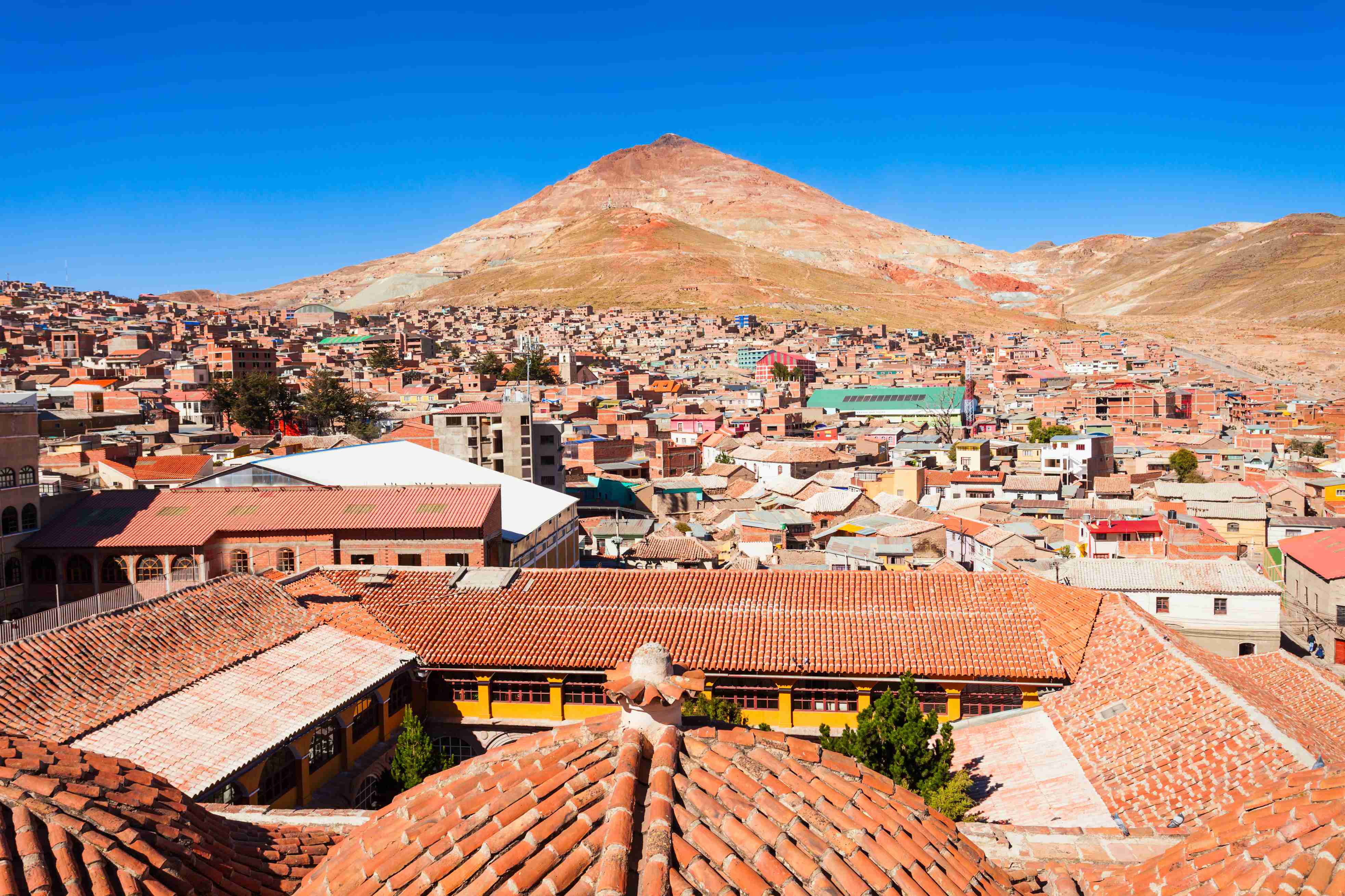 ©saiko3p
©saiko3p
The mules lead the way, and we walk on the scree slopes and small paths on the mountain side, in the middle of the high altitude lagoons with deep blue waters, surrounded by the peaks of Imilla Apachita, Maria Lloco and Huayna Potosi.
The difference in height and altitude are felt, the pace is slower. Jaime is our guide on this stage, he spares our energy and breath.
We arrive in the afternoon, in a small valley at the foot of the mountains and we spend the evening at Doña Rosa's house, where we prepare and share dinner.
Walking time: 7 hours. Gradient: +650m / -360m. Altitude: 4700m.
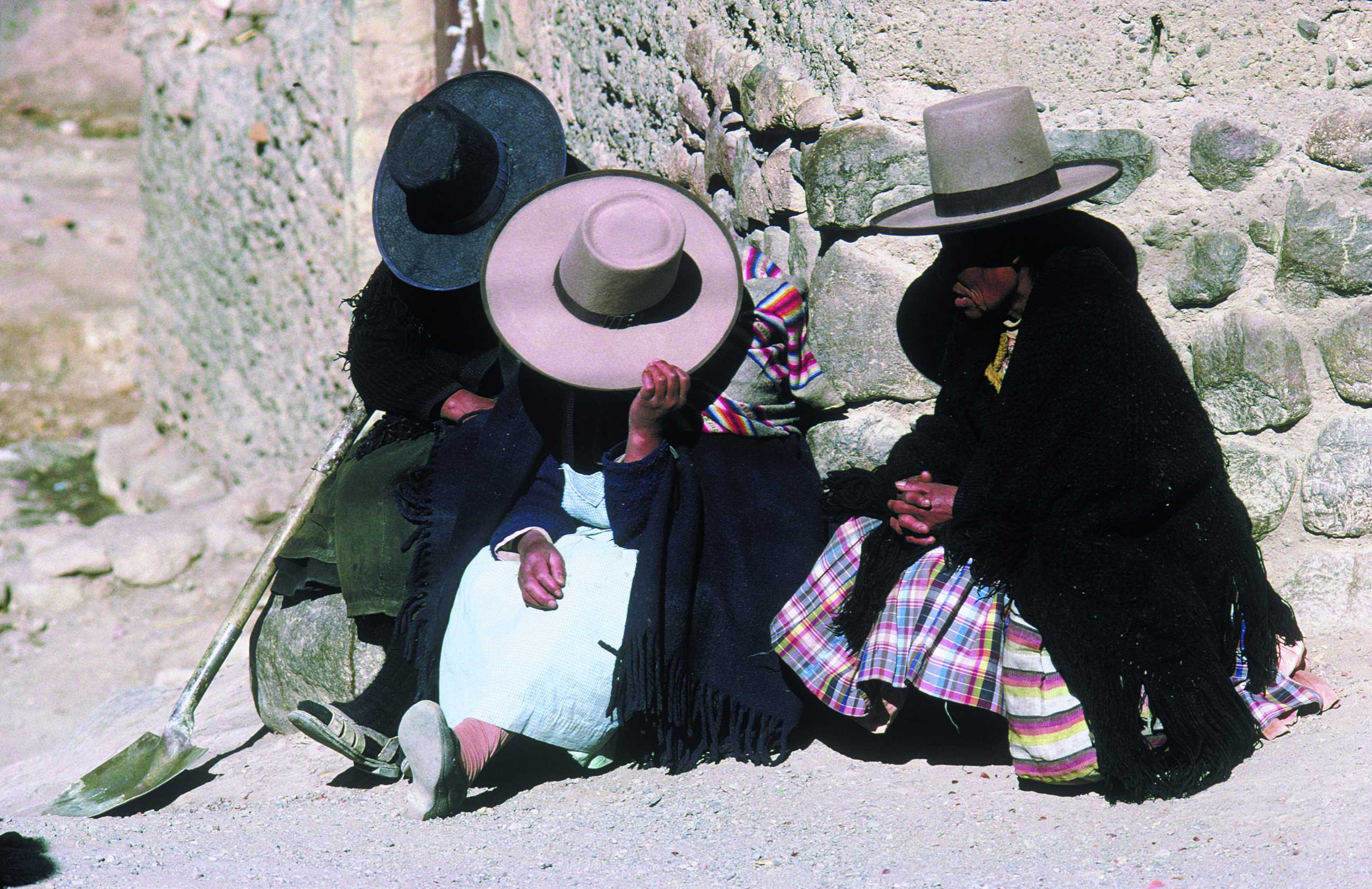 ©Thierry Lauzun - Iconotec
©Thierry Lauzun - Iconotec
Waking up in the early morning is a magical moment. We discover our night shelter and the view it offers us, under a new light. It is difficult to emerge, because in the middle of the Andean winter the temperatures are low. But the show, the view, the silence, the hot coffee motivates us.
We pass in the middle of the morning the Milluni pass (5,000 meters), the valley of the same name offers itself to us. The landscapes are lunar, we see in the background the Chacaltaya refuge, this old ski resort built on an old glacier that has now disappeared.
Then, we walk around the Huayna Potosi massif, before joining the valley, which we follow until the refuge.
Walking time: 5 hours. Difference in altitude: +200m / -300m. Altitude: 4900m.
You spend the night at the Huayna Potosí shelter.
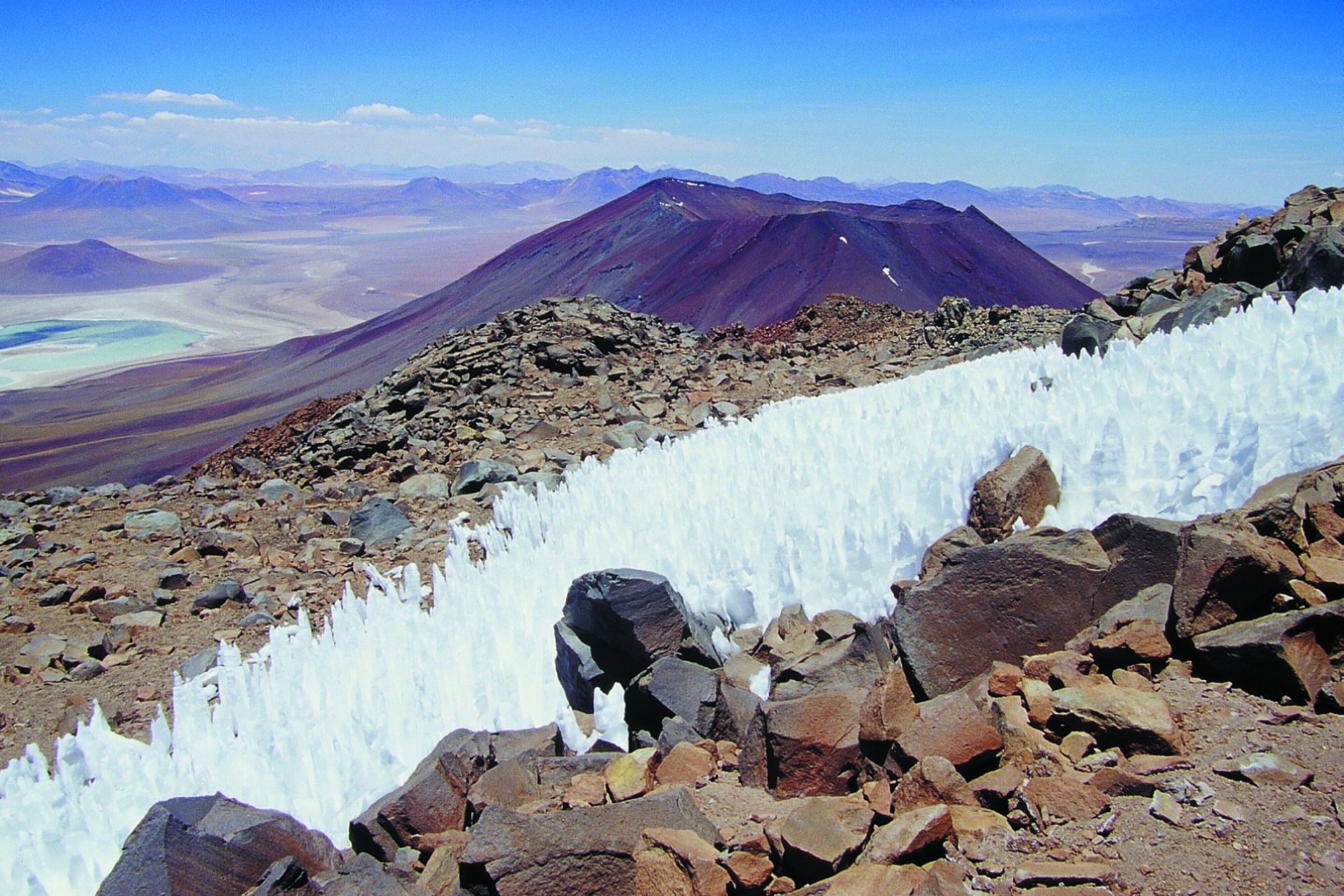 ©Antoine FERRIER - PictureFrom
©Antoine FERRIER - PictureFrom
It is a day of preparation with our high mountain guide (UIAGM certified, trained by Chamonix guides). We familiarize ourselves with our equipment, take a few steps with crampons and practice using the ice axe. We then reach Campo las Rocas, the starting point of our ascent.
We spend the night at the shelter. High mountain atmosphere, we prepare our stuff meticulously, we pile up the layers to protect ourselves from the cold, we eat, but not too much, especially slow sugars. The pressure rises a little, just enough to boost our adrenaline.
Time of walk: 2h. Unevenness: +400m. Altitude: 5160m.
You spend the night at the Campos Rocas hut.
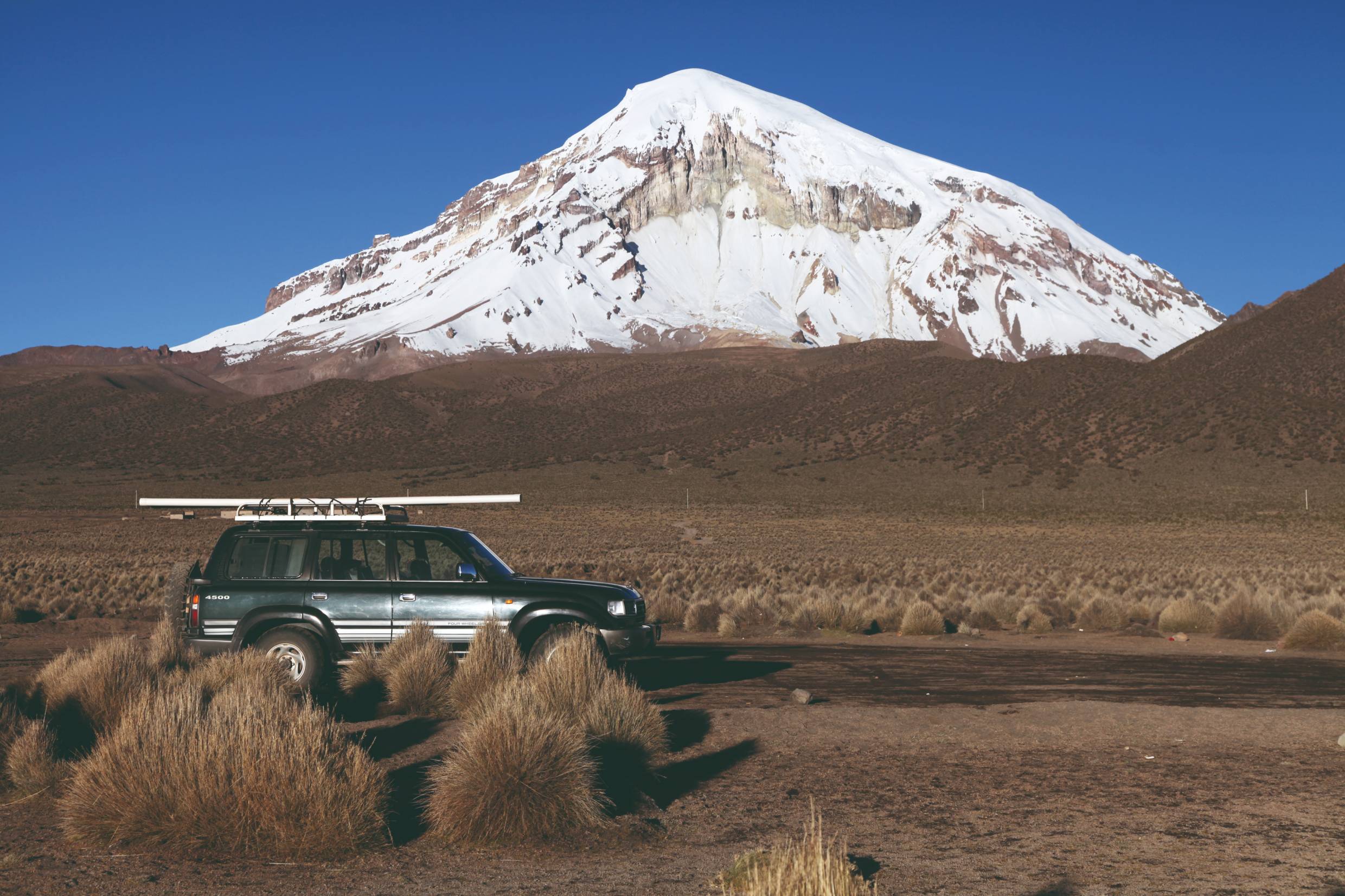 ©Arnaud BONNEFOY
©Arnaud BONNEFOY
Wake up around 1 am, we get equipped. Like a ritual, we check and re-check, one layer, two layers, even three layers of clothing, the boots, the harness, the helmet on the head, the ice axe on the bag and the crampons inside. We left, illuminated by our foreheads. Let's take a moment to stop in front of the starry sky.
We take place in the climbing rope, our adventure partners with whom we silently share our progress towards the summit. We advance at our own pace, we measure our steps, we concentrate on our breathing, we let ourselves be carried along by our roped party, according to our thoughts.
When we reach the summit, we are stunned by the altitude, the effort and the view that is offered to us at sunrise. We are at the crossroads of worlds, the Andes range stretching as far as the eye can see to the west, the illuminated city of La Paz to the south, with the Sajama summit in the background on a clear day, and the beginnings of the Amazon to the north.
It's pretty cold up there, so we don't linger too long. Our climbing rope party starts the descent towards the base camp, for a good hot meal, a small nap, and even a good night of sleep.
Time of walk: 8-9h. Gradient: +900m / -1400m. Altitude: 6088m. Level: Grade II/AD, Max 50°.
You spend the night at the Huayna Potosí shelter.
After a last pass, we leave the Huayna Potosi behind us, to enter the Yungas. We engage in a long descent into the plunging valleys of the Royal Cordillera. The air gets humid, we find little by little a greener, denser vegetation.
At the end of the day we will be welcomed in the village of Chucura.
Walking time: 6 hours. Gradient: +250m / -1250m. Altitude: 3800m.
On our way down through subtropical vegetation, we pass through the village of Choro, where we have lunch at Doña Modesta. Life in the valley is simple and sweet, we cultivate the land and live from what surrounds us.
We reach the village of San Francisco at the end of the day, where we will be welcomed by a family from the valley. This evening will be our last evening with our companions of road. Tomorrow, mules and muleteers, with whom we formed our community, will take again their way towards their mountains, their high Andean plateaus.
Walking time: 7 hours. Gradient: +500m / -1800m. Altitude: 2,600m.
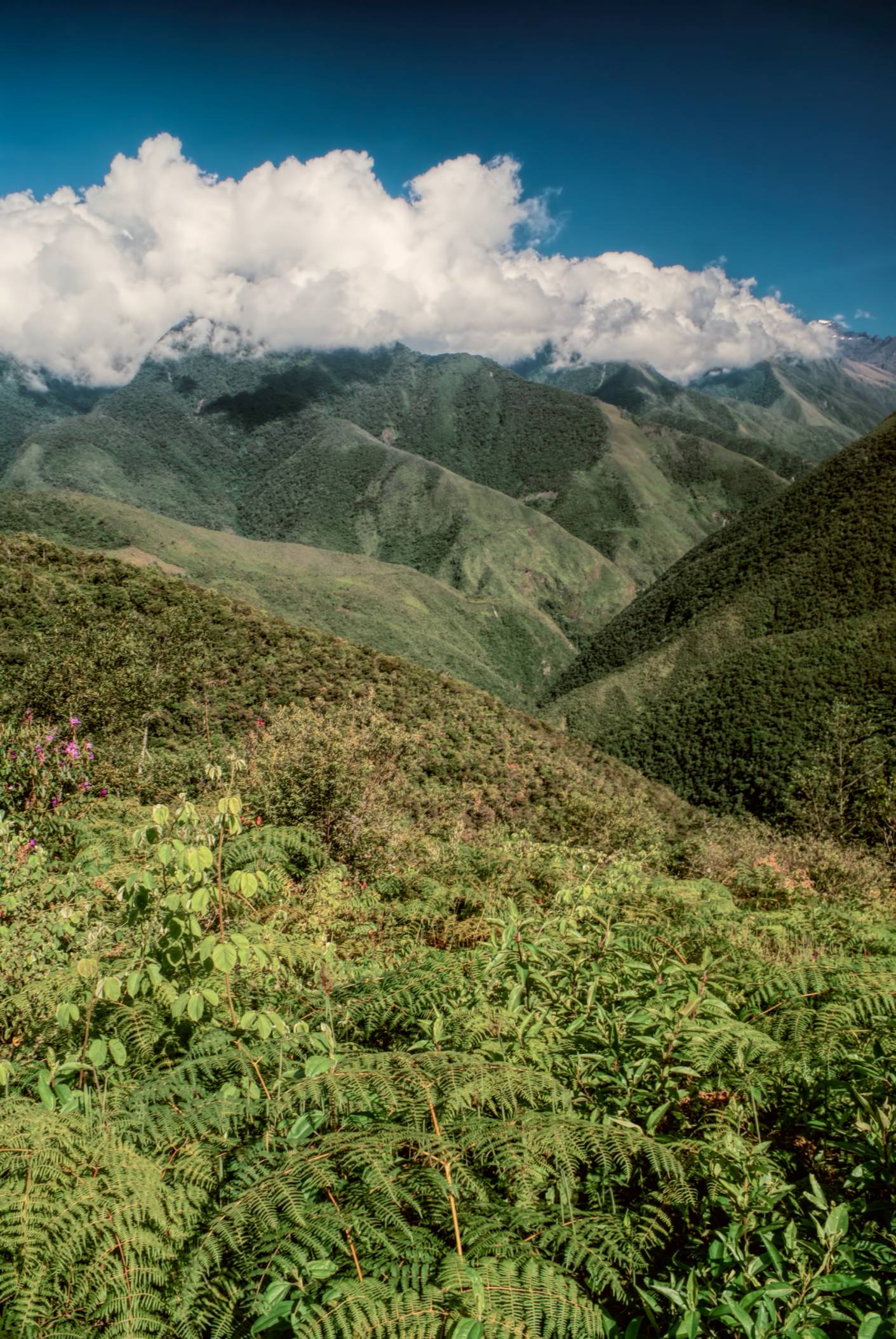 ©MisoKnitl - iStockphoto
©MisoKnitl - iStockphoto
Another river crossing, a devil's climb, the discovery of the village of Sandillani, before arriving in Chairo, where our crossing ends.
Walking time: 4 hours. Gradient: +200m / -900m. Altitude: 2000m.
We reach, by transport, the small haven of peace that is the village of Coroico.
You spend the night at the Sol y Luna Verde hotel.
We leave in transport to meet the coffee growers, who have been able to develop their land and get out of the non-virtuous and intensive production of coca so popular in the area. We cross the coffee and coca fields and exchange with the Chulumani producers.
We are welcomed by Lucie and Oscar in their family home among the orange trees.
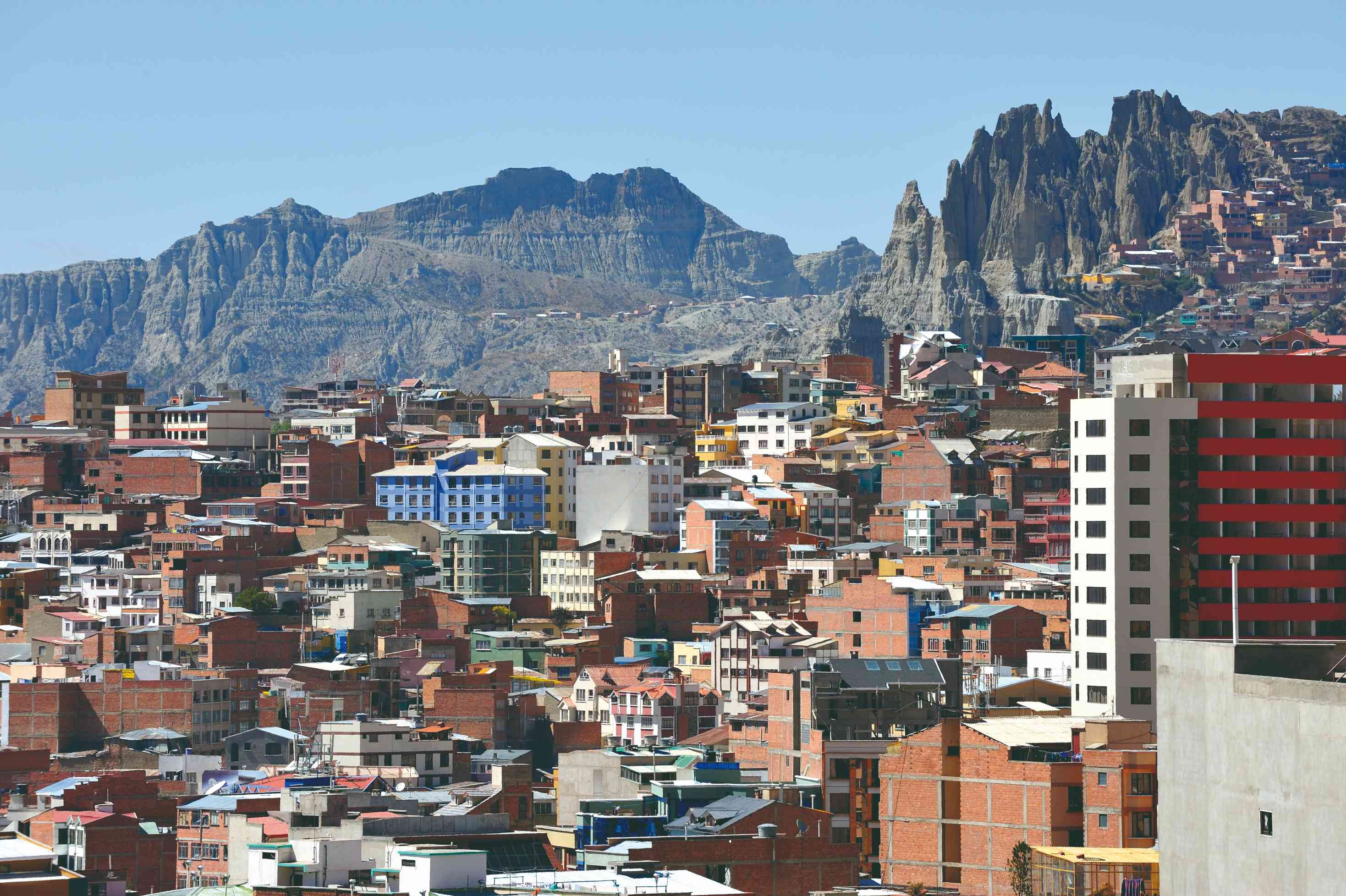 ©Patrice ALCARAS
©Patrice ALCARAS
At wake up the atmosphere is peaceful, it is already warm, a glass of sweet lemon juice or papaya in hand, we have breakfast with a view of the valley, and the Andes in the distance.
We take again the road to go up towards the Cordillera, the green landscapes dry up to leave little by little place to the mineral atmosphere of the Cordillera. We pass through the valley of Totora Pampa and pass at the feet of the Illimani and Mururata, imposing glaciers, emblems of La Paz.
Then, the city of La Paz is emerging, this crater that stretches as far as the eye can see. We cross it by the southern zone, to go up in the agitation of the center.
You spend the night at the Casa del Monticulo.
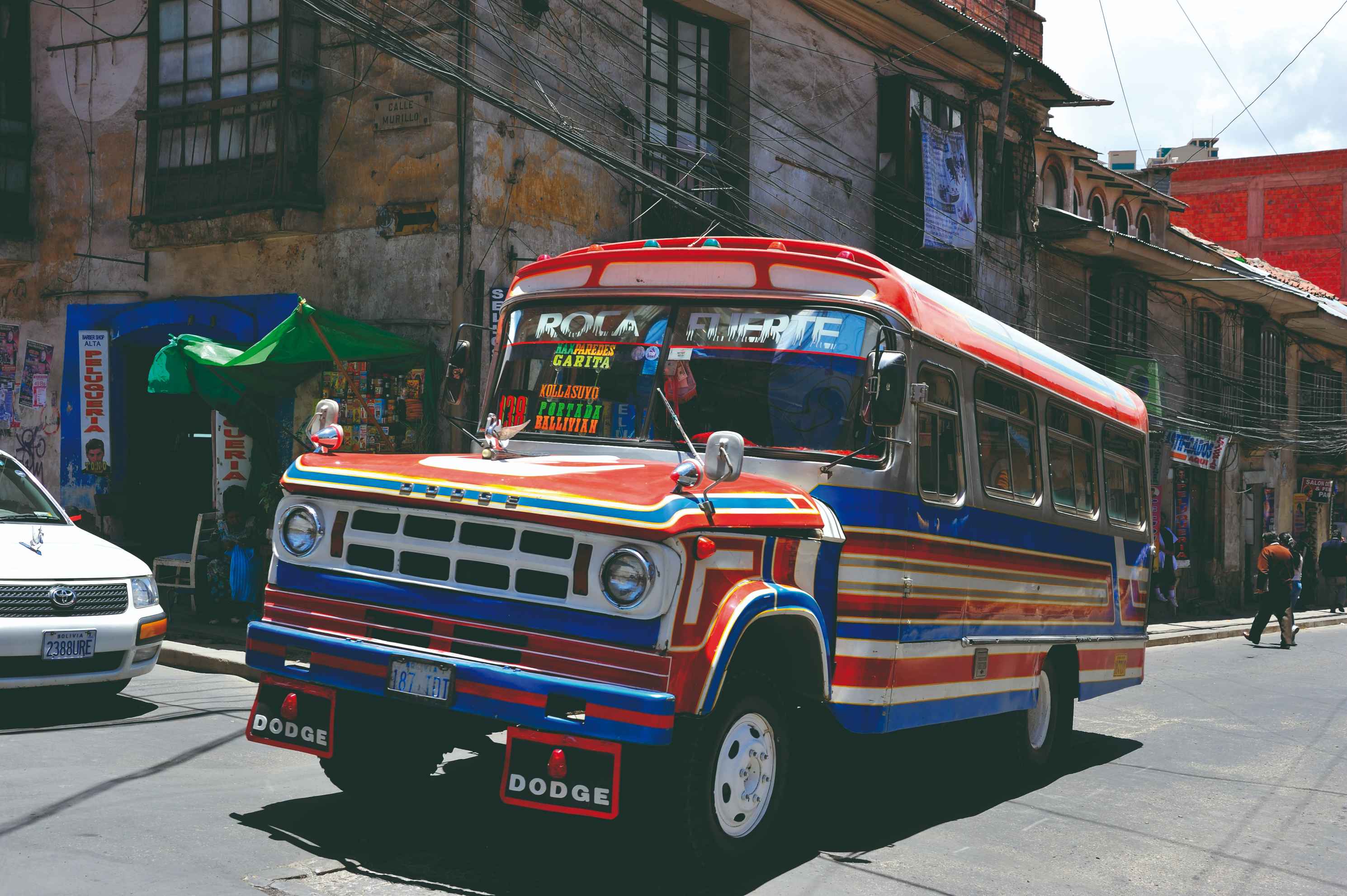 ©Patrice ALCARAS
©Patrice ALCARAS
Your driver will pick you up at your hotel and take you to the airport.




Each Travel Idea is customizable according to your wishes

